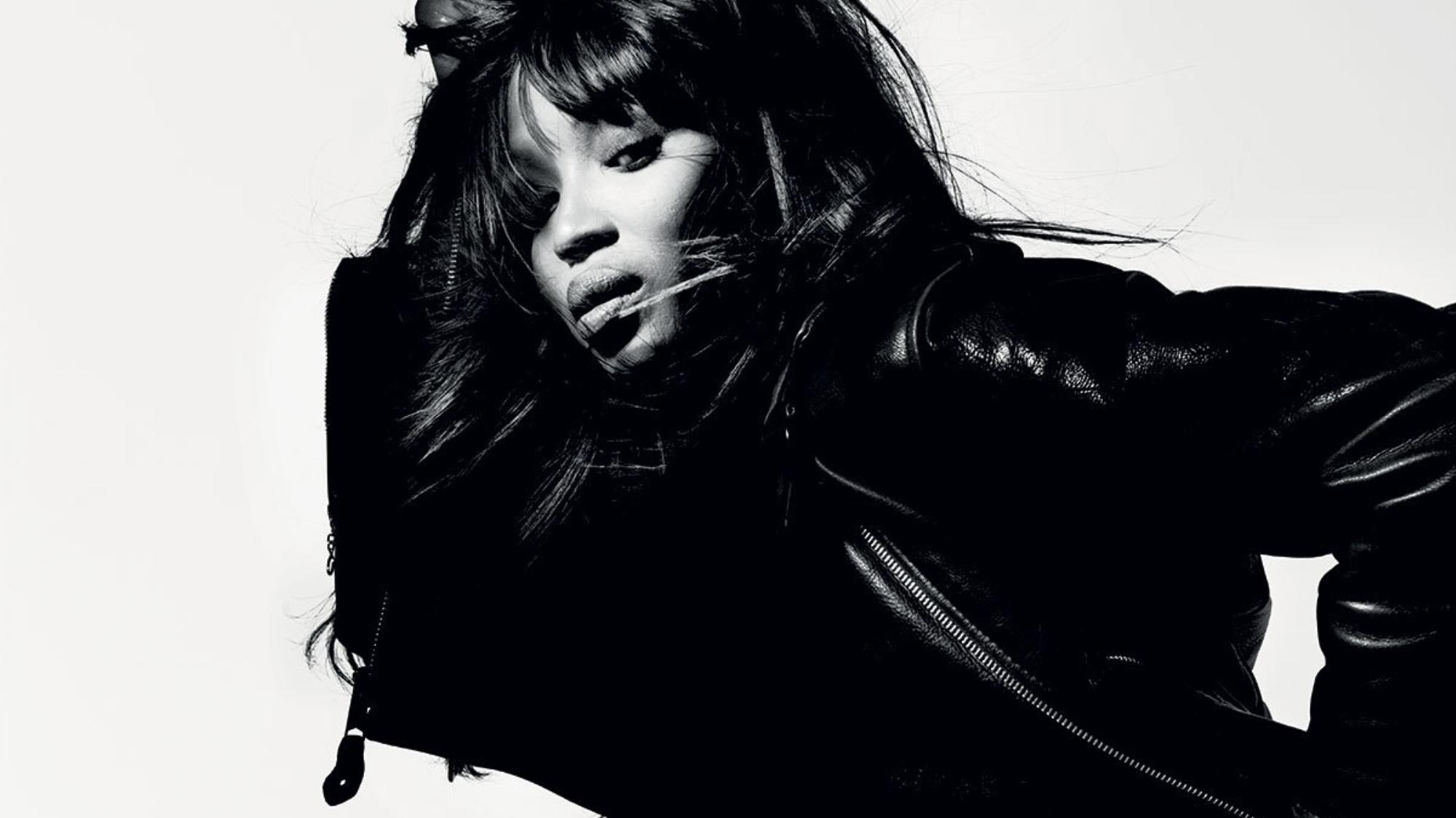New York Fashion Week enjoyed one of its most diverse seasons ever but achieving that encompassing representation was far from an effortless feat. Following Nykhor Paul and Jourdan Dunn, Leomie Anderson spoke out about how earning a place on the runway is only one aspect of the struggle for models of color; backstage, they often have to deal with stylists and technicians who are ill-equipped to work with natural hair textures and darker skin tones. In a new interview with Teen Vogue, pioneering models of color and diversity activists Naomi Campbell and Bethann Hardison explain why this isn’t a new phenomenon, but one that has created and sustained cyclical discrimination in the industry.
“When I was younger, I encountered this same issue. I would be backstage at shows and there would be stylists who didn’t have any experience working with black models,” says Campbell, who often brought her own styling kit to shoots during her early days. “I’d always bring my own products — my own makeup colors, hair products, everything — just to be sure that I had everything I needed to achieve a certain look,” she adds. Hardison explains that this preparedness wasn’t enterprising, it was essential for even booking a job. If stylists and technicians did not have the tools or skills to manage natural hair or work with darker complexions, models of color just weren’t hired. And without their presence, technicians lacked the opportunities to hone skills or learn from experience: “If you don’t have models of color [being booked for a show], there’s no point in practice,” says Hardison.
Campbell and Hardison explain that in attempting to dismantle this cycle of marginalization, models of color have had to conform to Eurocentric standards of beauty or to shoulder responsibilities themselves. Models needed to have a hair texture technicians knew how to style, so more straight hair extensions began appearing on runways: “When the girls first started getting extensions, it was because they were trying to protect their hair as well as get the job,” says Hardison. She recalls watching models like Naomi Sims create their own makeup products or creatively use what what technicians did have available to match their shades.
Today, Campbell and Hardison still see models of color “going up against a system,” just as they did. Together with fellow legend Iman, they’ve formed the Balance Diversity initiative as a platform to encourage and implement diversity in all corners of the industry. Though they still encourage today’s models of color to arrive to shows and shoots fully prepared, Campbell and Hardison aren’t letting ill-equipped stylists off the hook. Hardison encourages models of color using social media as a platform of illumination and confrontation to, “Speak your piece. If you have even one or two people’s minds change or become aware, you’ve accomplished something.” Confronting ignorance and developing a wide-ranging skill set are the only ways to break that cycle of discrimination and erasure — it’s about equality of opportunity.
Credits
Text Emily Manning
Photography Nick Knight
Styling Edward Enninful
[The 30th Birthday Issue, no. 308, Pre-Fall 2010]
